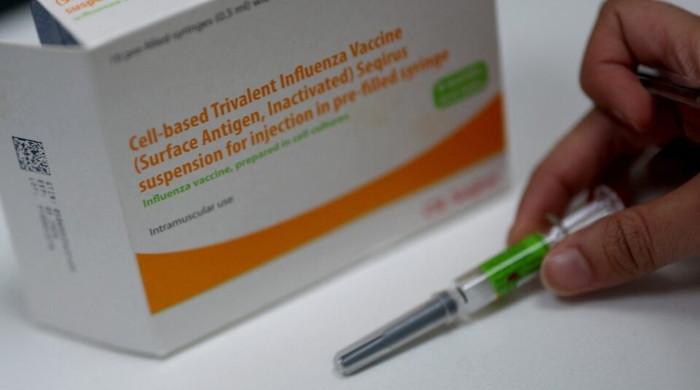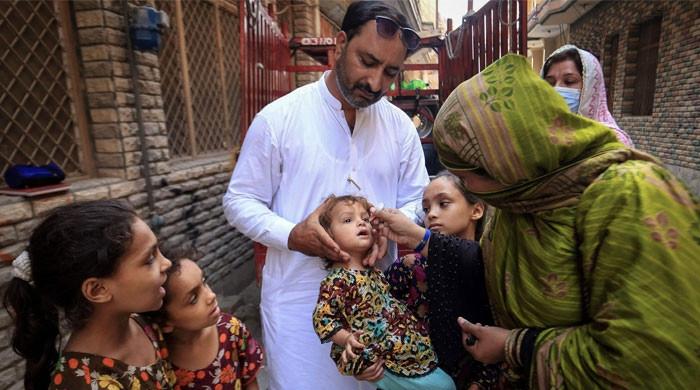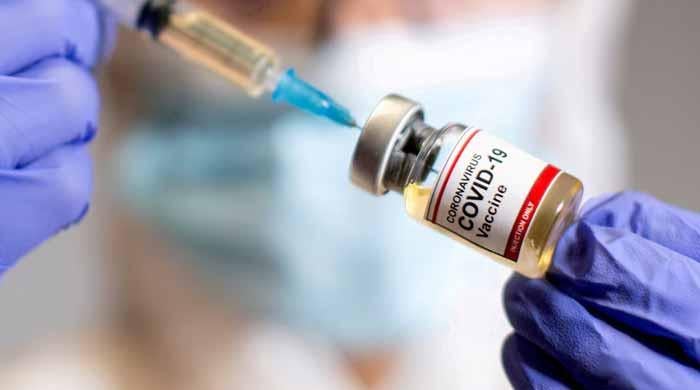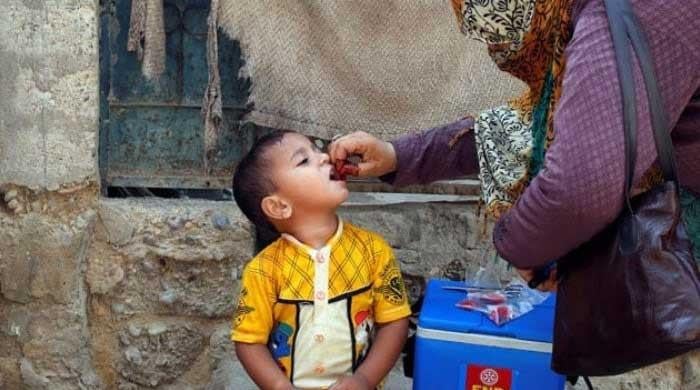Shocking study shows children are ingesting microplastics constantly
Baby bottles, toys, textiles, and food packaging can all contain microplastics
December 30, 2022
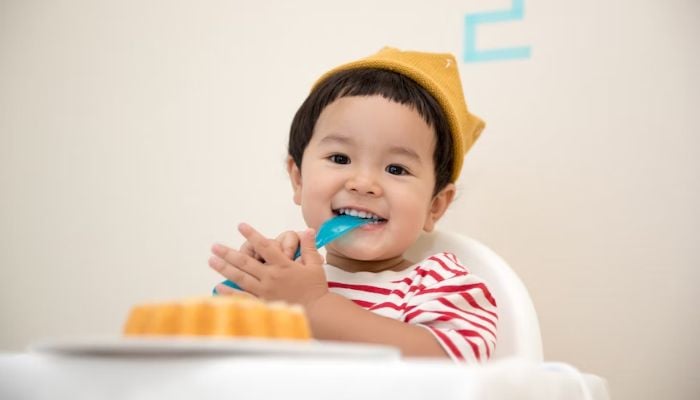
A shocking study published in the journal Environmental Health Perspectives has discovered that children constantly ingest microplastics that can even pass the placenta and enter developing children.
Scientists caution that it is impossible to prevent kids from consuming the microscopic plastic particles which are almost everywhere. Microplastics were also discovered in newborn children by researchers from the Norwegian University of Science and Technology.
Baby bottles, toys, textiles, and food packaging can all contain microplastics. Although researchers are still looking for conclusive proof, it may also be present in breast milk and formula.
Children can consume microplastics by playing and crawling on the floor when exposed to the household dust that contains them. Microplastics also include other dangerous substances like phthalates and metals that are added for colour, stability, or biocide.
The plastic core of microplastics that wind up outside, such as tyre fragments, are frequently covered with air pollution and exhaust.
Different countries have different laws governing the handling of plastic trash and the use of plastic in toys and infant bottles, among other products. Accordingly, depending on where they live, children are exposed to variable levels of plastic. Poor people are far more likely to be exposed to air pollution, which includes microplastics.
“It’s quite possible that children are more exposed to microplastics than adults, similar to children’s greater exposure to many other environmental toxic chemicals,” said Kam Sripada from NTNU in a university release.
“No one knows exactly how much microplastic a child ingests. But several studies now suggest that today’s children absorb microplastics in their bodies as early as fetal age. This is concerning,” Sripada continued.
“Children do not have a fully developed immune system and are in a very important phase of their brain development. This makes them particularly vulnerable.”
Since they are so small, nano- and microplastics can penetrate the placenta and deep into the lungs.
By making sure their food is wrapped in as little plastic as possible, cleaning the house, selecting hygiene products with less plastic, and selecting building materials that don't contain PVC or other plastics, parents can reduce the amount of plastic their children are exposed to.
Who is responsible for plastic pollution?
At least 37 papers about microplastics and nanoplastics in relation to pregnancy and childhood were analysed for the current study. They claim that there is insufficient research on the harmful plastics that children are exposed to at school, in neonatal wards, and in breast milk.
The NTNU researchers claim that there have been hardly any studies that have attempted to determine how many plastic children consume. This dearth of research can be partially attributed to the constraints of the technology available to study extremely small particles.
According to the authors, more study is required to determine how much plastic pregnant women are exposed to and whether this exposure affects the developing foetus. Additionally, they claim that collective action is necessary if we want children to be exposed to fewer microplastics.
“The authorities and industry bear the responsibility. We strongly encourage them to uphold the precautionary principle,” Sripada added.




